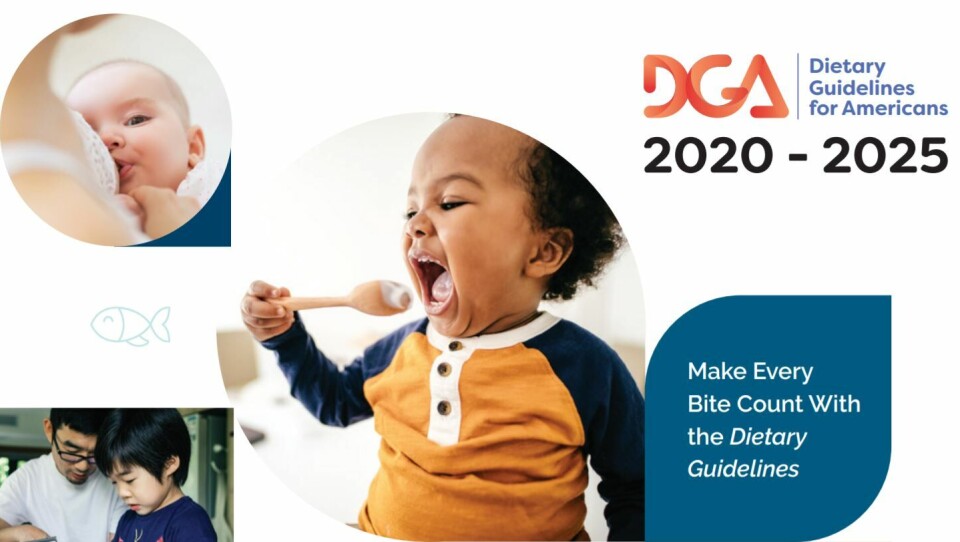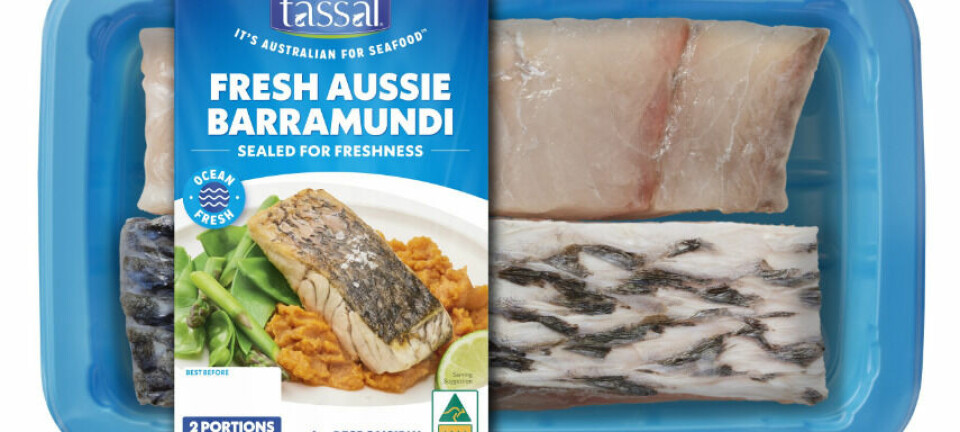
Nutrition experts put seafood on the menu for infants and mums-to-be
People of all ages – particularly young children and pregnant women – have been recommended to eat seafood at least twice a week in revised guidelines published by the United States Departments of Agriculture (USDA) and of Health and Human Services (HHS).
For the first time since the 1985 edition, the Dietary Guidelines for Americans (DGA), which are refreshed every five years, address the nutritional needs of babies and toddlers under two.
The guidelines recommend that seafood can and should be introduced to children when they are around six months old.
Cognitive development
“Seafood intake during pregnancy is recommended, as it is associated with favourable measures of cognitive development in young children,” the DGA state.
A nutrient-dense, diverse diet from age six through 23 months of life includes a variety of food sources from each food group, state the DGA.
“Protein foods, including meats, poultry, eggs, seafood, nuts, seeds, and soy products, are important sources of iron, zinc, protein, choline, and long chain polyunsaturated fatty acids,” the guidelines state.
Vitamin D
“The long-chain polyunsaturated fatty acids, specifically the essential omega-3 and omega-6 fatty acids supplied through seafood, nuts, seeds, and oils, influence the infant’s fatty acid status and are among the key nutrients needed for the rapid brain development that occurs through the infant’s first two years of life.
“Some types of fish such as salmon and trout are also natural sources of vitamin D.”
For adults, seafood provides protein, calcium, and vitamin D, which help strengthen bones and maintain muscle mass, according to the DGA.
Diet-related diseases
The guidelines point out that diet-related chronic diseases, such as cardiovascular disease, type 2 diabetes, obesity, and some types of cancer, are very prevalent among Americans and pose a major public health problem. Today, more than half of adults have one or more diet-related chronic diseases.
There is a “significant gap” between the amount of seafood Americans currently eat and the new recommendations, according to the National Fisheries Institute. Ninety-four percent of children and 80% of adults currently do not eat seafood twice per week.
“Americans are still falling short of consuming the recommended amounts of seafood and we are hopeful that the launch of the DGA 2020-2025 will bring a renewed sense of urgency for Americans to include more seafood into their diets for its great taste and important nutrients,” said Linda Cornish, president of the Seafood Nutrition Partnership in a press release.




















































